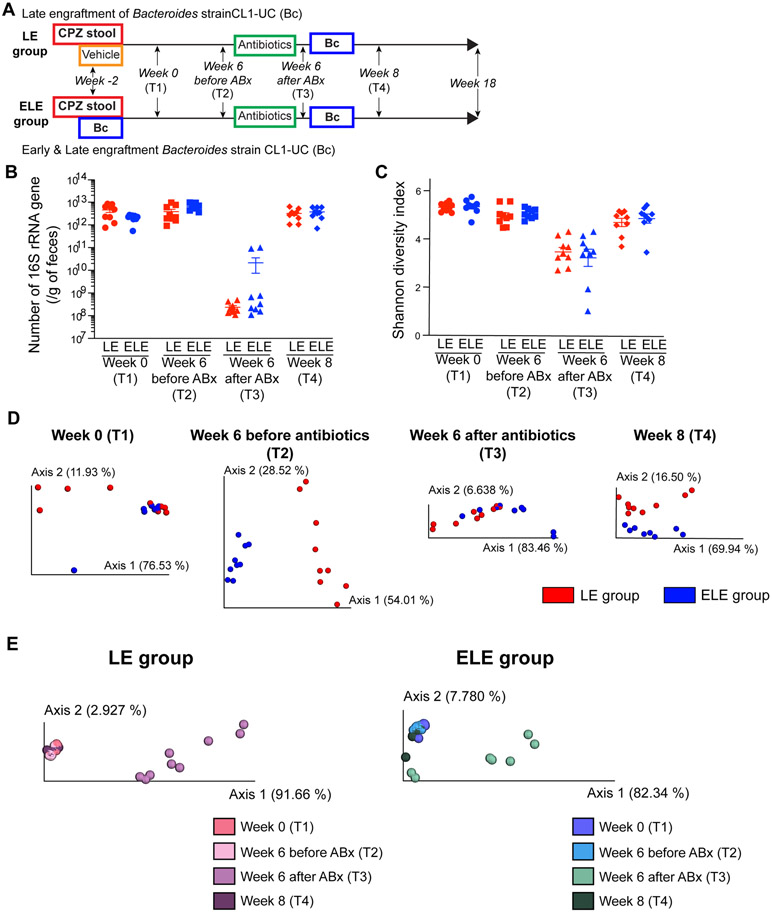Figure 3. Later life engraftment of a Bacteroides strain does not impact gut microbiome bacterial membership.
(A) Study design to determine effects of late engraftment (LE) versus early and late engraftment (ELE) of Bc in male IL-10 KO mice. The protocol is nearly identical to NE and EE groups shown in Figure 2, except Bc is engrafted later in life in both LE and ELE groups (LE group: n = 9 and ELE group: n = 9). Late engraftment was performed at week 6 (11 weeks of age) after administration of broad-spectrum antibiotics cocktail meant to break microbiome stability and allow engraftment of Bc (T1: week 0, T2: week 6 before antibiotics treatment, T3: week 6 after antibiotics treatment [prior to the second gavage], T4: week 8 [2 weeks after the second gavage]). Gavage and treatment schedule details are presented in Figure S5A. (B) Number of 16S rRNA gene per gram of feces from LC and ELC animals over time (T1-T4). (C) Shannon diversity index of LE and ELE animals over time. (D) PCoA plots of 16S rRNA gene amplicon sequence weighted UniFrac distances between LE vs. ELE groups at each time point (T1-T4). Bacterial compositions were different between LE and ELE groups at all time points. (E) PCoA plots of weighted UniFrac distances showing shifts in gut microbiota composition over time in LE group (left panel) and ELE group (right panel). Despite antibiotics treatment and late engraftment of Bc, the bacterial structure at week 8 recovered toward that before antibiotics treatment. *p < 0.05 and **p < 0.01. Data represent mean ± SEM for (B) and (C).

